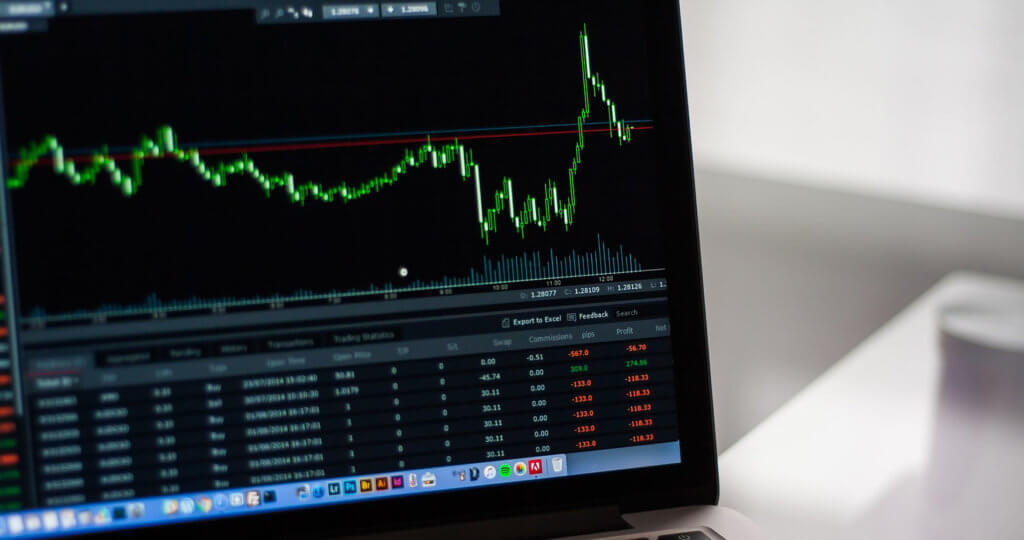
What do investing and flying an airplane have in common? Despite their clear differences, both are high-stakes and can sometimes make for chaotic environments. Both also require a strong process mindset to make good decisions while sifting through a substantial flow of information. The cockpit takes it a step further and governs all procedures with a clear checklist, from the routine start-up of the craft to the rare engine failure.
Atul Gawande, a surgeon, wrote Checklist Manifesto1 to detail how the checklist model can benefit professions with less-defined decision trees than that of an aviator. Investing is one of these disciplines: while no two investments are the same and judgement is crucial to make decisions with imperfect information, “judgement [can be] aided – and even enhanced – by procedure.”
Harris Associates has honed its checklist over decades of experience. The procedure calls for deep research into a company, identification of key issues that will determine fundamental performance over the next five years, meetings with management, the dissemination of findings from that meeting to the team and generation of an estimate of intrinsic value for the company. Regardless of whether the shares are attractively priced investment candidates today, this same checklist must be followed for all meetings with management and investigations into companies of interest. The procedure is certainly no substitute for judgement, but it does provide a robust sense for intrinsic value of businesses that we like — even if the calculated upside doesn’t warrant an investment today.
In these cases, the company goes on our ‘shopping list.’ We know how much we want to pay for the stock and we wait for it to go on sale. When that discount does materialize – perhaps with the help of volatile markets – the process-driven recordkeeping enables quick action. Many of the companies that enter our portfolios each year have been profiled and valued by analysts several times previously, but the discount to intrinsic value was never apparent. Ever eager for a bargain, we wait until a short-term stumble obscures a rosy long-term outlook and then move quickly to snatch up what we believe is a good deal. For instance, on average, the 2019 new positions in Oakmark International and Oakmark International Small Cap had four of these management meeting profiles in the prior five years.
Ultimately, we seek to invest in good businesses run by shareholder-aligned managers where the shares are trading at a discount to our appraisal of intrinsic value. Our analysts spend a great deal of time identifying the first two qualities, but sometimes a bit of patience is needed for the market to supply the third. Meanwhile, the time-tested research process and checklist mentality provide Harris Associates the platform to act quickly and with conviction when this patience pays off.
1Gawande, Atul (2009). The Checklist Manifesto: How to Get Things Right. Henry Holt and Company.
The Oakmark International Fund’s portfolio tends to be invested in a relatively small number of stocks. As a result, the appreciation or depreciation of any one security held by the Fund will have a greater impact on the Fund’s net asset value than it would if the Fund invested in a larger number of securities. Although that strategy has the potential to generate attractive returns over time, it also increases the Fund’s volatility.
Investing in foreign securities presents risks that in some ways may be greater than U.S. investments. Those risks include: currency fluctuation; different regulation, accounting standards, trading practices and levels of available information; generally higher transaction costs; and political risks.
The discussion of the Fund’s investments and investment strategy (including current investment themes, the portfolio managers’ research and investment process, and portfolio characteristics) represents the Fund’s investments and the views of the portfolio managers and Harris Associates L.P., the Fund’s investment adviser, at the time of this letter, and are subject to change without notice.



